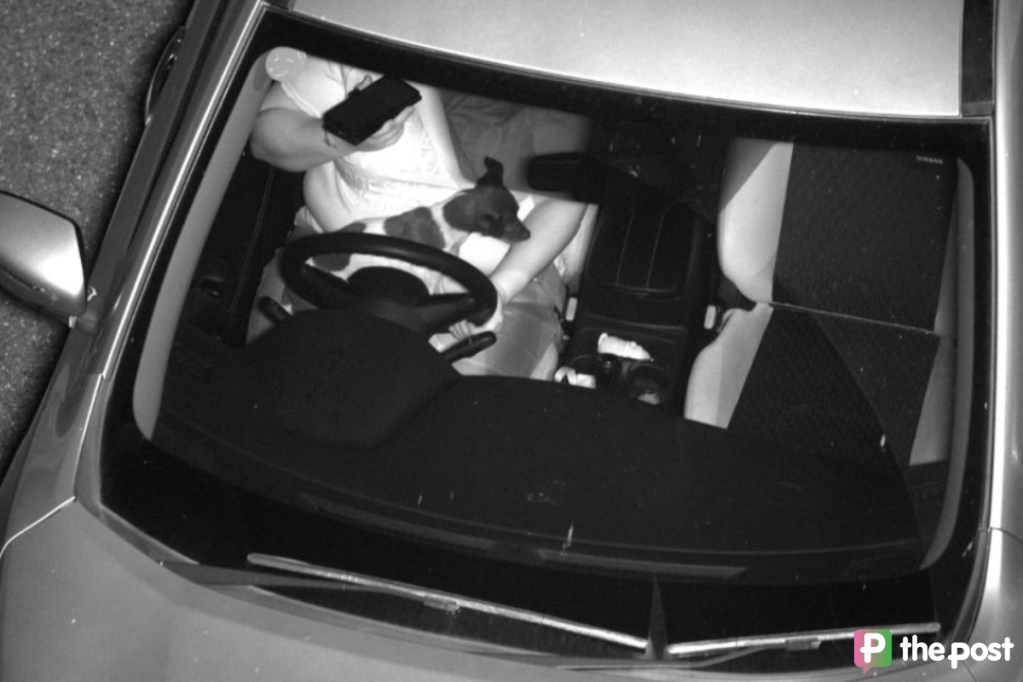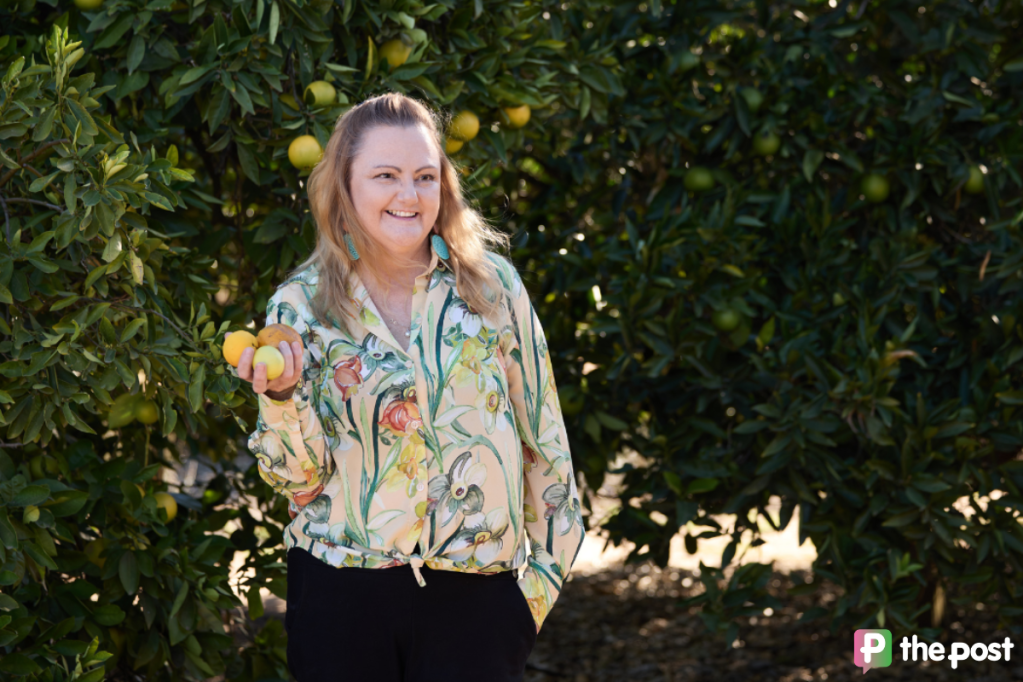Child protection: why didn’t Labor join the dots?

It’s a poignant exercise to go back over the mounds of child protection literature produced by the Labor Government in the past 10 years.
It’s a poignancy only accentuated by the fact that the State Government on Friday finally enacted one of the key recommendations of a child protection review by leading lawyer Robyn Layton in the early days of Labor’s decade-long run – the establishment of a Commissioner for Children and Young People.
But Labor’s attempts to grapple with child protection are marked not by the recommendations they didn’t act on, but their lack of success in pulling together the many agencies and policies that govern this vexed area.
Besides the feeling that they “almost” headed off the issues identified by the Debelle inquiry, you can also see that a single Labor Minister has had more to do with child protection than any other over the past decade – Jay Weatherill.
He has held relevant portfolios, particularly Families and Communities and Education, for seven of the past 10 years.
A review of the documents, from the Layton report into children protection in 2003, through to the Mullighan inquiry into the abuse of children in state care, and numerous other policy papers, is revealing.
Take this statement, in a 2004 “Keeping Them Safe” child protection strategy, prefaced by then Premier Mike Rann and Weatherill, then Families and Communities Minister:
“We want to remove barriers to information exchange (such as misconceptions about legal constraints) and share information better to achieve better integration of services. Confidentiality provisions will not be tolerated as an excuse for agencies refusing to share information in situations where children are at risk and need protection.”
This statement – made nearly 10 years before the Debelle inquiry – highlights the heart of the problem identified by Bruce Debelle: a lack of communication, with legal constraints erroneously used as the reasoning.
You might like
The Government may argue that the statement above is about inter-agency communication – but that just accentuates the fact that the role of parents as protectors of children has not been sufficiently acknowledged.
It’s not the only example.
Way back in 2003, prominent lawyer Robyn Layton produced a major report for the State Government on child protection, a system that now Education Minister Jennifer Rankine says was in crisis when Labor came to power.
In a chapter of her report focusing on the Government education system, Layton echoes the very concerns raised by campaigning parent Danyse Soester in the past fortnight.
In her summary of the disciplinary processes relating to teachers, Layton says that “there do not appear to be appropriate safeguards to ensure that an independent and transparent process is necessarily involved from the perspective of the alleged victim of child abuse or family”.
She concludes: “It is important that the process of investigation of child abuse allegations in relation to teachers and non-teaching staff, volunteers and contractors working with children and young people within the Government education sector is clear, independent and accountable”.
Fast forward to 2008, when Weatherill had been Families and Communities Minister for four years.
That year, the Government produced “information sharing guidelines for promoting safety and wellbeing”.
Despite the anodyne title, this document is about protecting children and the need for government agencies to share information to stop children being abused.
It says “the need for sharing information arises when they believe a child or young person is in immediate danger – from others or as a result of their own actions – and when they believe adverse outcomes can be predicted unless service provision is coordinated”.
This document could not be more explicit when it comes to identifying the principles governing sharing information. It says that information can be legitimately shared if the purpose is to “protect groups of children and young people from potential harm”.
It says agencies should ask themselves this question: “If information is not shared, will a child or young person … be at increased risk of harm from others or from themselves?”
Stay informed, daily
What is interesting is that this document – and many others – deals almost exclusively with Government agencies talking to each other.
Parents, while explicitly recognized as a group that is central to child protection, are not clearly identified in communication protocols.
The Government’s policy statements will ring chillingly true for the parents of students at the western suburbs school who went for years before they were told that an out-of-school hours carer – someone who had looked after their kids – had been arrested and charged with sexually assaulting a child at the school.
They should have been told – and the Government’s own policy positions had pointed to this truth for years.
The policy dots were all there – no-one in Government linked them.
You could argue that there was one person in the Cabinet with the experience and know-how to make the connection – Jay Weatherill.
No doubt, significant efforts were made under his watch to improve the child protection system. No doubt, he was let down by the Education Department when he took on the portfolio after the March 2010 election.
What is surprising is the apparent lack of priority given to these issues while Weatherill was Education Minister, particularly given his long history with the issues.
As documents gained by the Opposition under FOI last week showed, the monitoring of so-called “critical incidents” within the Minister’s office had fallen away in the early stages of Weatherill’s time in the role, which began after the March 2010 election.
And, as Debelle confirmed, Weatherill’s own staff didn’t pass on the Departmental email describing – in very brief terms – the incident at a western suburbs school, which we now know was the sexual assault of a young children by an out-of-school hours care worker.
So what was Weatherill doing?
From the outside, it looked like his primary focus as Education Minister was on repairing the relationship between the Department, the Government and schools.
He held phone-ins for teachers to talk directly to him, he removed the former Chief Executive, who was unpopular with teachers, and the bureaucracy underwent other changes. A new position was created, Head of Schools, which the unions and principals now say has made an enormous difference to communication.
One wonders, though, why Weatherill’s previous experience in Families and Communities didn’t make him and his staff more alert – not less – to critical incidents? It was obviously in his mind, because when he took the top job he brought together education and child protection in one agency.
There is another question. After a decade of reports and gnashing of teeth over failures in child protection, why did a department dedicated to looking after children fail to have clear protocols for dealing with the aftermath of sexual abuse?
Numerous reports and policy documents pointed the way. But no-one drew the right conclusions.








